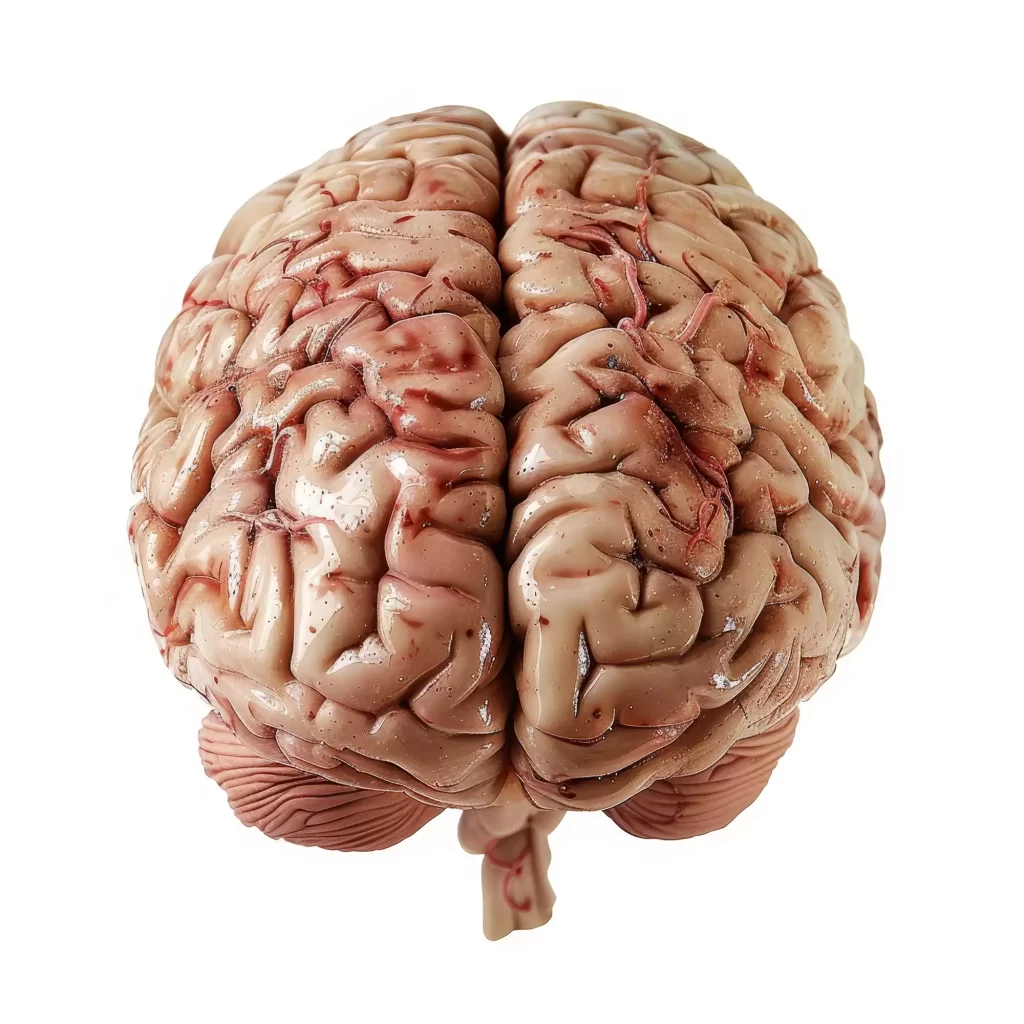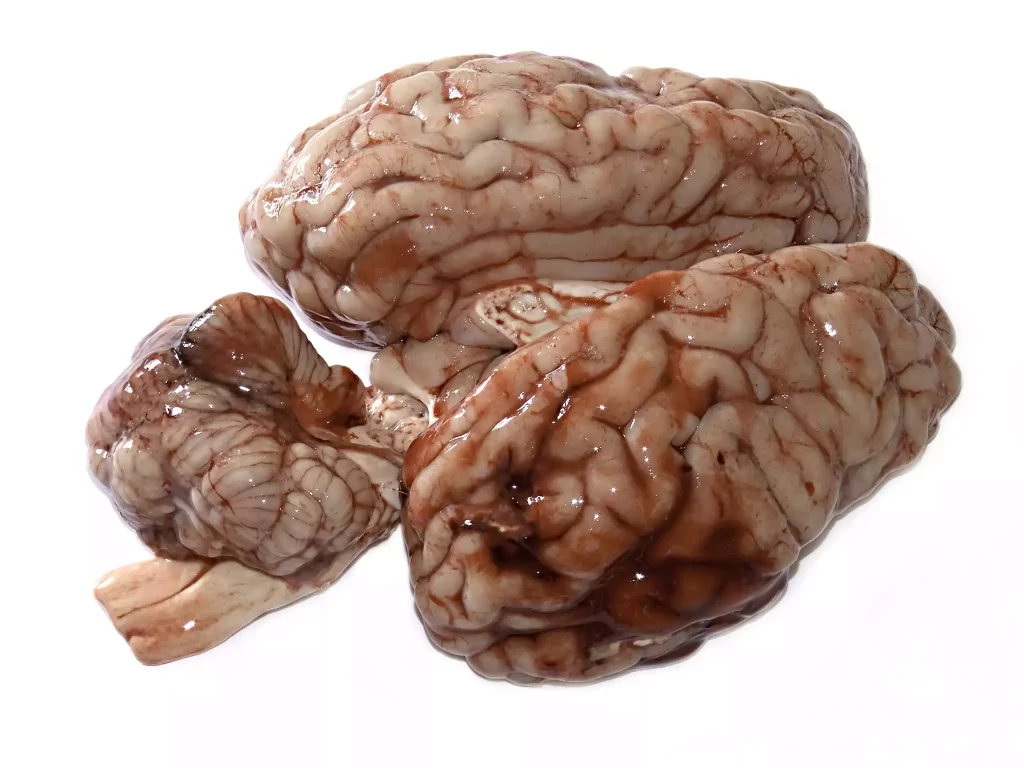AEQ FOR PARENTS

WHAT IS THE AEQ DEFINITION OF AN EMOTIONALLY MATURE PARTNERSHIP?
The foundation of mature behavior is to act like an adult. The basic definition of adult behavior is that an adult is someone who solves more problems than they create. A child, on the other hand, is someone…

WHEN A CHILD HAS TO CARE FOR EMOTIONALLY IMMATURE PARENTS
A normal parenting process implies that as the child grows up, they become less dependent on the parent, who can then shift their parental relationship into a friendship-like connection with their adult..

The Child, Parents, Divorce, and Guilt
A child of divorced parents may develop the feeling that they failed in their role, believing they are to blame for the divorce. From this guilt, chronic guilt and a chronic form of low self-confidence can…

Who Comes First: The Child or the Partner?
The partner should come first, and the child second. The partners are the central core of the family, around which the children orbit—just as planets orbit the sun. In this way, the unity of the partners…

What is, according to AEQ explanation, the reason for warts on a child’s soles?
To understand such conditions, we return to the fundamental rule that applies to all systems, both living and non-living: structure determines function, and function affects structure. If there are…

Subconscious influences of parents on adult life
Their unconscious competence developed in different times and under different circumstances. The speed of change has accelerated due to technological advancement and the decreasing cost…

How Does Technological Progress Affect Our Relationship with Parents?
Parents who already have adult children often make their lives more difficult instead of helping them when needed. They often unknowingly hinder their ability to properly care for and develop…

Menstrual Problems and the Influence of Family Dynamics
Menstruation signals the transformation of a girl into a woman. On a physical level, it indicates readiness for motherhood, meaning the body has matured enough to bear a child. This is a normal…

Why We Become Oversensitive – Childhood Influences and AEQ Understanding
Excessive sensitivity and resistance to social interaction are interconnected. The main cause is heightened sensitivity, which leads to negative experiences in social life. Socializing itself, as an activity…

Expression of anger, negativity and aggression in children
The expression of emotions such as anger, negativity, and aggression is often condemned or punished in children, leading to imbalance in the child’s emotional and physical development. Historically…

Tonsils as a Mirror of Family Dynamics
Tonsil issues in children often reveal hidden dynamics within family relationships. A key point to understand is that expressing emotions is not the same as using them effectively. Many people express…

The Impact of Family Secrets on a Child’s Life
Family secrets are often hidden stories that families keep from the outside world—and often from their own descendants. These secrets may include financial troubles, medical diagnoses, past mistakes…

How Emotional Maturity Between Partners Affects the Family
Emotional maturity between partners is a key factor influencing the health and stability of the entire family. The dynamic between a man and a woman impacts not only the two of them but also their…

Brain Hemispheres and Behavioral Differences Between the Sexes
Even though parents often have good intentions, their behavior is frequently not constructive. A typical example is the constant calling of adult children and redirecting conversations back to themselves…

When Parents Subconsciously Influence Their Children
Even though parents often have good intentions, their behavior is frequently not constructive. A typical example is the constant calling of adult children and redirecting conversations back to themselves…

Cynicism as a Reflection of Unresolved Inner Conflicts
Cynicism has become one of the characteristic emotional responses of modern times, often understood as a defense mechanism against disappointment and uncertainty. It is an integral part of…
